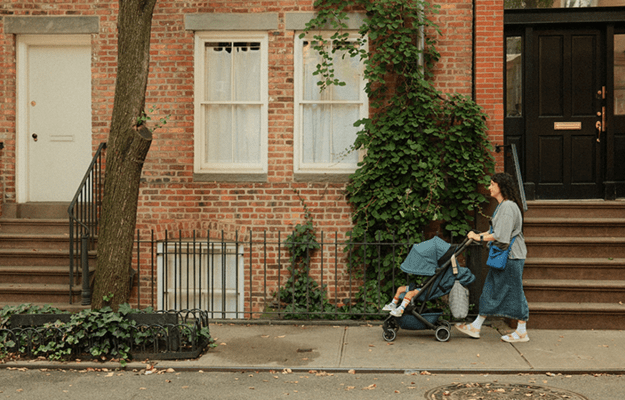
Why Researching Middle-Class, White Neighborhoods Can Improve Policies for Racial Equity
- Title:
- Why Researching Middle-Class, White Neighborhoods Can Improve Policies for Racial Equity
- Author:
-
Junia Howell
- Source:
- Publication Date:
-
2018
Research about neighborhoods has shaped policies and public narratives for more than 100 years, but the studies typically examine only marginalized urban communities, which can lead to errors in their conclusions. To illuminate field-wide strengths and gaps, the author systematically analyzed 26 years’ worth of published sociology articles on the effects of neighborhoods on their residents. She situated the comprehensive article review within the longer tradition of neighborhood effects literature. She determined that research on neighborhood effects over this period, consistent with prior literature, focused exclusively on marginalized neighborhoods and lacked concrete observations from comparison neighborhoods.
The gap in the research opens questions about assumptions and policies that draw on this body of work. To address this and improve future understanding, the author calls for integrating critical theory into neighborhood-effects research. Critical theory involves confronting the social, historical, and ideological structures and norms that produce power and maintain inequity.
The systematic review began with all articles published from 1990 to 2015 in the following 11 journals: the American Sociology Review; the American Journal of Sociology; Social Forces; Social Problems; the International Journal of Urban and Regional Research; Urban Studies; Cities: The International Journal of Urban Policy and Planning; City: Analysis of Urban Trends, Culture Theory, Policy, Action; City & Community; Urban Affairs Review; and the Journal of Urban Affairs. The author then narrowed the list twice: first by selecting only articles whose abstract included the word “neighborhood” (n = 1,158), then determining which articles examined how neighborhoods affect residents (n=197). The remaining literature included qualitative and quantitative studies.
Key findings
- Of the 197 articles that top sociology journals published on neighborhoods, not one meaningfully discussed white, middle-class communities. This limits understanding of the processes, structures, and resources that maintain inequality.
- The author compared the focus communities with a presumed norm of white, middle-class neighborhoods. All articles posited gaps or differences in marginalized neighborhoods, rather than gaps or differences in the comparison neighborhoods.
- In the qualitative research, the articles compared the authors’ observations with assumptions about suburban neighborhoods or an undefined norm.
- In the quantitative research, the articles compared data about people living in marginalized neighborhoods or elsewhere (typically white and middle-class neighborhoods). To explain the results, the authors drew on assumed differences; for example, “the role models, mutual trust, and level of risk” in racially and/or economically marginalized neighborhoods versus white, middle-class neighborhoods.
Policy implications
- The way researchers define problems affects the policies and programs that get proposed and implemented.
- Rethinking neighborhood hierarchies—and whether neighborhoods can be described as good or bad—could lead to a different conceptualization and different policies.
- Defining differences in resources between neighborhoods as a lack in marginalized neighborhoods has led to federal grants that help make improvements, whereas defining the problem as allocating public resources inequitably could result in awards aimed at the structural problem.
- The idea that marginalized neighborhoods are both different and a problem for society may reflect gaps in the research, rather than being an evidence-based conclusion. Assuming it to be true without evidence may lead to a faulty conceptualization of the problem and, therefore, ineffective policy and program interventions.
- Public sector and nonprofit organizations can apply critical theory to understand and craft policy that addresses social structures that produce risks and disadvantage.
Implications for researchers
- Scholars need to continually examine how their research choices are shaped by implicit hierarchies such as white normative views and patriarchy.
- A lack of qualitative and quantitative research about white, middle-class neighborhoods both results from and contributes to the persistent narrative that white, middle-class lives are the norm.
- Empirical researchers can apply critical race theory by explicitly naming and describing the comparison group, conducting studies about the comparison group’s place in the racial hierarchy and how the group maintains that status, and acknowledging the link between privilege and marginalization.
- Focusing only on marginalized neighborhoods without a robust, critical analysis of privileged neighborhoods implicitly asserts that inequities can be addressed without changing the distribution of resources and power.
Photo by Gorodenkoff/Shutterstock


